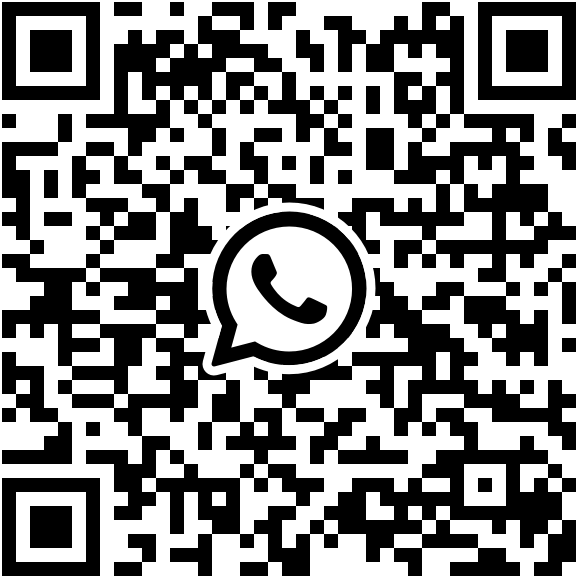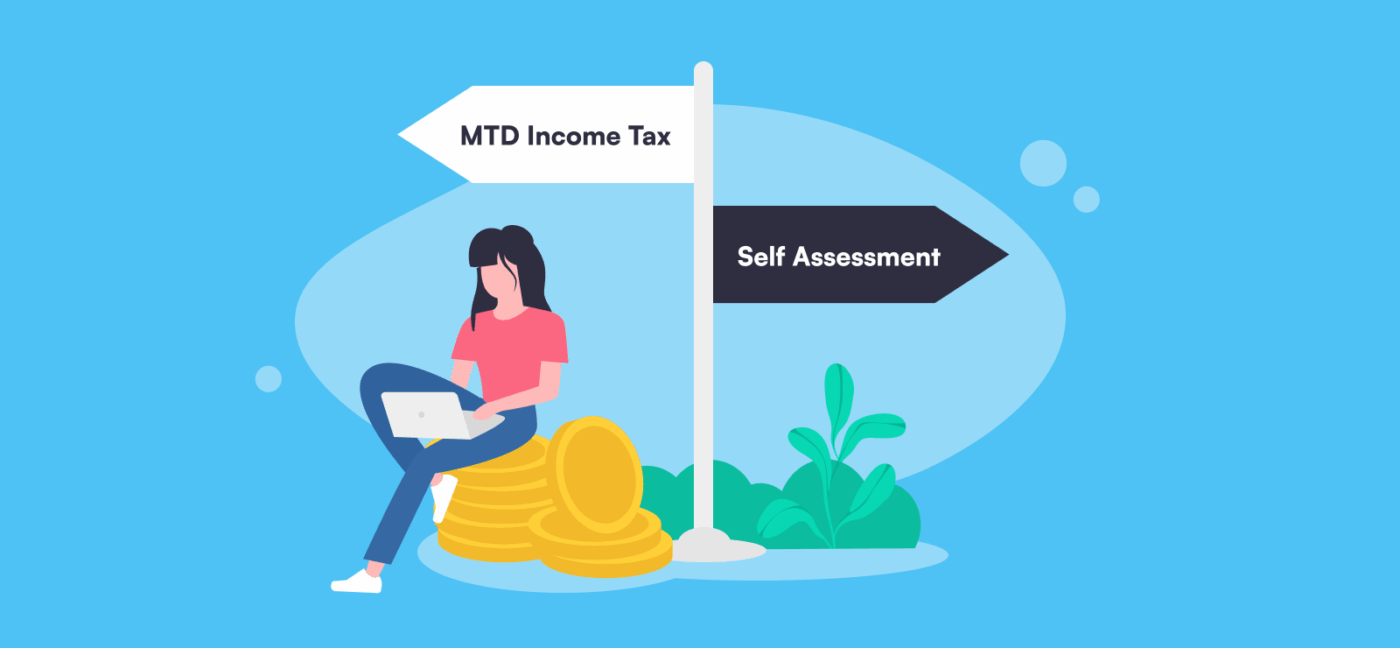

Do I Need Self Assessment or MTD Income Tax?
Making Tax Digital is changing the way sole traders and landlords report income they receive from self-employment and property. It means the end of annual Self Assessment tax returns for those affected, but if you’re not sure whether that includes you or not, you’re not alone!
This article explains what the arrival of MTD Income Tax means for you, how this affects Self Assessment, and what you need to do next.
The current system for Self Assessment tax returns
Self Assessment is the process of submitting an annual tax return to tell HMRC about untaxed income you get as an individual, and claim tax relief and allowances. It’s used by sole traders to report any profits and expenses relating to their self-employment, but it’s also used:
- By partners in a business partnership to report their share of its profits
- For Capital Gains Tax
- By company shareholders to report any dividends and pay dividend tax
- To declare other types of untaxed income, such as money from renting out property, or from tips
What will change with Making Tax Digital for Income Tax?
The arrival of Making Tax Digital Income Tax (or MTD Income Tax for short) means some people will no longer need to submit Self Assessment tax returns. Those affected must keep their income tax records digitally, and share this information with HMRC more frequently by:
- Keeping digital income and expense records
- Using software to submit quarterly updates about your income and expenses as a sole trader or from property
- Sending a final confirmation at the end of the year
Who is affected by the move to MTD Income Tax?
The new system is rolling out gradually. If you earn more than £50,000 as a sole trader or from rental income, or a combination of the two, you’ll need to follow the MTD IT rules from April 2026.
In April 2027 the earnings threshold to start complying with MTD IT rules reduces to £30,000. From April 2028 you must comply if this figure is over £20,000. We’ll give you some examples further down.
Am I exempt from MTD Income Tax?
The Institute of Chartered Accountants in England and Wales (ICAEW) have published an overview of those which MTD income tax requirements will not apply to:
- Partnerships
- Trusts, estates, trustees of registered pension schemes and non-resident companies
- Taxpayers with a Power of Attorney
- Non-UK resident foreign entertainers and sportspeople who have no other income sources that count as qualifying income for MTD Income Tax
- Taxpayers who do not have a UK National Insurance number
- Trustees of charitable trusts or the trustees of exempt unauthorised unit trusts
- Taxpayers claiming qualifying care relief (such as foster carers) for that source of income only
- Lloyds underwriters, ministers of religion, distributions to shareholders in real estate investment trusts, or distributions to participants in open-ended investment companies
- Taxpayers who claim Married Couples Allowance or Blind Persons Allowance
What income qualifies?
HMRC use the sole trader and property income you report in the previous year’s Self Assessment tax return to decide whether or not you need to join Making Tax Digital.
Your tax return might also include income from other sources, such as dividends, wages from an employer, or your share of a partnership’s profits. This part of your income doesn’t count towards your qualifying income.
What if I get rental income from a jointly owned property?
Only your share of the income you get from a jointly owned property counts towards your qualifying income. For example, you and your friend own a house which is rented out. The total income for the property is £40,000. This is split equally between you, so your qualifying income is £20,000.
MTD IT at a glance
What income counts
- UK income you get as a sole trader
- Property income from UK properties
When to start following the rules
Add together the qualifying income you get from being a sole trader and/or from property. If the total amount is more than:
- £50,000 during the 2024/25 tax year – follow the rules from April 2026
- £30,000 during the 2025/26 tax year – follow the MTD IT rules from April 2027
- £20,000 during the 2026/27 tax year – follow the rules from April 2028
Examples of when to use Self Assessment or MTD Income Tax
Example 1
In 2024/25 you earn £40,000 as a sole trader, and receive £15,000 from rental income. Your total qualifying income is £55,000 (which is your sole trader and property income combined).
You’ll report this income in your 2024/25 Self Assessment tax return for the tax year 6th April 2024 – 5th April 2025, which is due by 31st January 2026. You’ll need to follow the MTD Income Tax rules starting from April 2026 onwards, because your qualifying income is over the compliance threshold.
Example 2
In 2024/25 you get £20,000 from providing services as a sole trader, a £20,000 dividend, and a further £15,000 from renting out a house. Your total qualifying income is £35,000 (the sole trader and property income combined – the dividend doesn’t count).
That’s below the compliance threshold, so nothing changes for you – carry on as normal with Self Assessment.
In 2025/26 you earn the exact same amount from each source. You report this to HMRC in your Self Assessment tax return for the tax year 6th April 2025 – 5th April 2026, which is due by 31st January 2027.
The compliance threshold has reduced to £30,000 though, so from April 2027 you’ll need to follow the rules for MTD IT.
Do I need to start using Making Tax Digital if I start a new business?
You won’t need to start using MTD Income Tax straight away if you start a new business. HMRC will assess your qualifying income and let you know if you need to start using MTD IT after you submit your first Self Assessment tax return.
What if I’m already using MTD Income Tax and then start a new business?
This is where it gets a bit confusing. You won’t need to use MTD Income Tax for your new sole trader business until you submit a tax return to declare the income from that business – even if you’re already enrolled in Making Tax Digital. But you can use MTD for the business voluntarily.
For example, you already use MTD Income Tax because you have qualifying income from renting out several properties. In June 2026 you decide to start a web design business as a sole trader. The first tax return for that business covers the 2026 to 2027 tax year, and is due by 31st January 2028. You don’t need to use MTD IT for that business until April 2028.
What if I become a landlord?
Just like a new sole trader, you won’t need to start using MTD Income Tax until you submit your first Self Assessment tax return to declare your property income as a landlord.
For example, you buy a house in May 2025, and start receiving rental income from it in June. You need to submit a Self Assessment return for the tax year 6th April 2025 – 5th April 2026 by the deadline (31st January 2027). HMRC will use the figures in this return to assess whether you need to start using MTD Income Tax.
What do I do next?
If you do need to use MTD Income Tax, make sure you enrol in plenty of time! You won’t be transferred to it automatically, even if you’re currently registered for Self Assessment.
Once registered for MTD Income Tax you will:
- Send HMRC 4x quarterly updates to report income and expenses relating to sole trader and/or property income only
- Send your final update, and make any adjustments if needed
- Use this data to populate your tax return using compliant software
- Add any other income to your tax return, such as dividends or capital gains
- Submit your MTD Income Tax return
It’s useful to prepare your business for Making Tax Digital, even if you don’t think you need to follow the rules for it just yet. The main requirements for MTD are around digital record keeping, sending quarterly updates, and submitting a final tax return, so you might find it useful to start using accounting software now, if you’re not already.
Can I leave MTD Income Tax if my income drops back below the threshold?
Yes, according to the rules you might be able to stop complying with MTD IT regulations if your qualifying income is below the threshold. HMRC are keen to avoid people joining and leaving in a regular cycle though, so you’ll only be allowed to leave if the business closes, or when your qualifying income is below the threshold for three successive years.
Learn more about our online accounting services for businesses. Call 020 3355 4047 to chat to the team, and get an instant online quote.
Want to learn more?
Subscribe to our newsletter to get accounting tips like this right to your inbox

Read more posts...
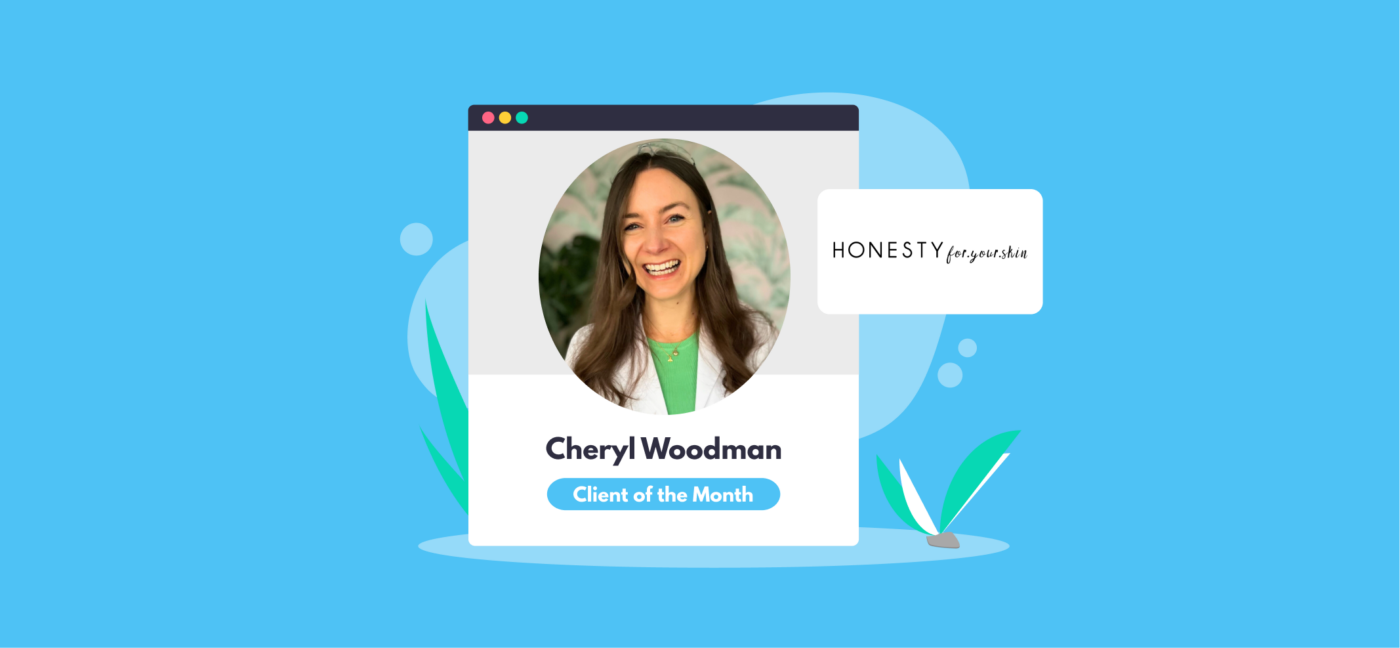
December 2025 Client of the Month: Honesty For Your Skin
23rd December 2025This month we spoke to Cheryl, owner of Honesty For Your Skin. Honesty For Your Skin | Instagram Hey Cheryl! Tell…
Read More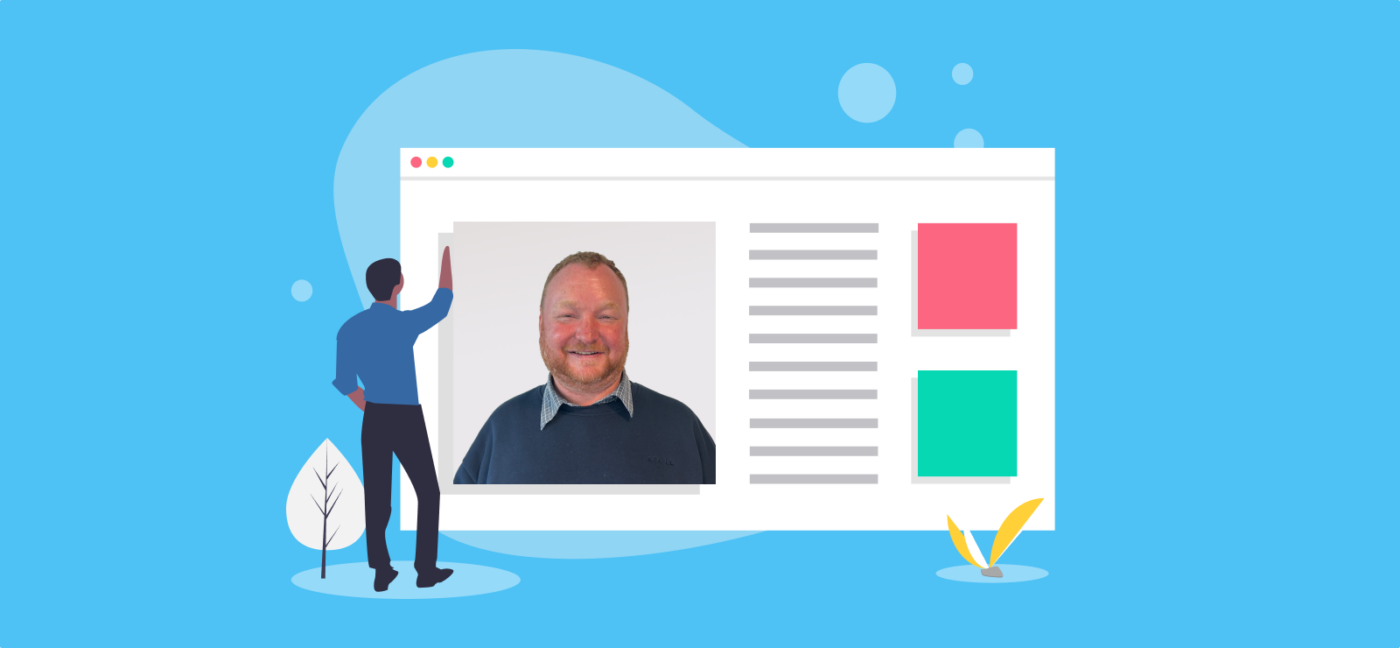
Staff Spotlight: Shawn Halton, Accounts Junior
19th December 2025Give an overview of the duties, functions, and responsibilities of your job. I provide bookkeeping services, VAT returns and annual accounts for…
Read More
The Accountancy Partnership – Our Positive Reviews
15th December 2025We’re proud of our customers’ reviews here at The Accountancy Partnership The reviews we receive from our customers show how hard we…
Read MoreConfirm Transactions
The number of monthly transactions you have entered based on your turnover seem high. A transaction is one bookkeeping entry such as a sale, purchase, payment or receipt. Are you sure this is correct?
Please contact our sales team if you’re unsure
VAT Returns
It is unlikely you will need this service, unless you are voluntarily registered for VAT.
Are you sure this is correct?
Call us on 020 3355 4047 if you’re not sure.
Bookkeeping
You will receive our bookkeeping software Pandle for free, as part of your package.
You can use this to complete your own bookkeeping, or we can provide a quote to complete your bookkeeping for you.
Please select and option below:
Call us on 020 3355 4047 if you’re not sure.
